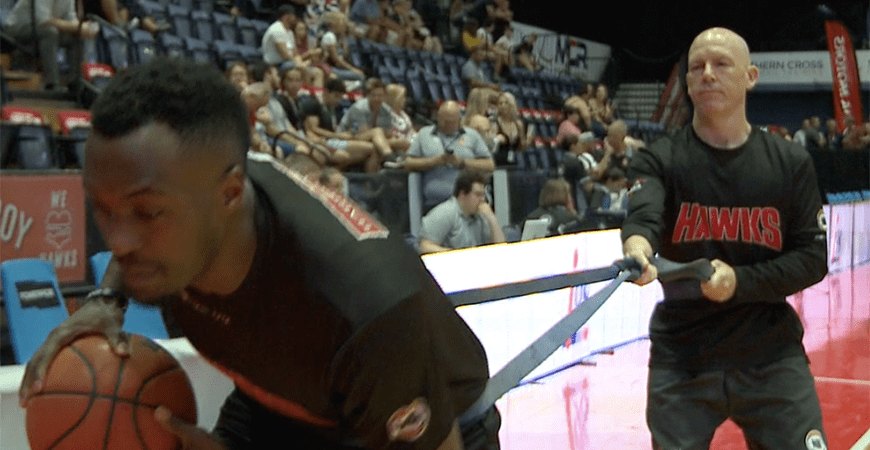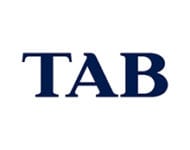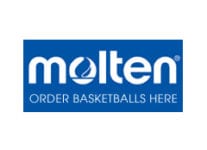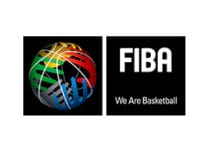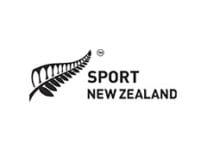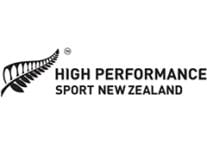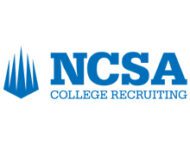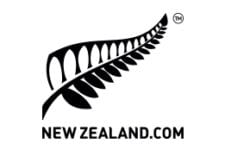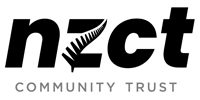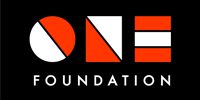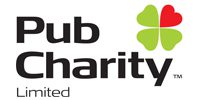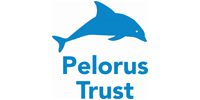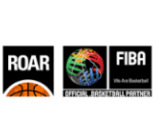Caption: Cedrick Jackson (left) warms up with the assistance of Dr. Stephen Bird (right).
Basketball New Zealand’s (BBNZ) Return to Play Guidelines, which were written during lockdown earlier this year, has been recognised by experts in the sports medical field through a condensed article in the New Zealand Journal of Sports Medicine.
Basketball New Zealand High Performance Manager Leonard King says this recognition, from such an esteemed academic journal, is one that his team can be proud of.
“Basketball New Zealand is extremely proud of having its return to play guidelines being the first to be acknowledged by international experts in the Sports Medicine and Sports Science space.
“Player welfare is a key priority in our work. When the Government announced lockdown in March, we were facing an unusual challenge in what to recommend to our players and coaches ahead of the NBL. We potentially had athletes coming back into a competitive playing environment after the inactivity of lockdown.
“There was no manual for what we were working through as no one in any profession had encountered anything like this pandemic.
“With players taking part in a minimum of 15 games across five weeks and having just over a month to prepare for the competition, we needed a preparation plan that would ensure players were brought up to speed for the demands of the League in a safe manner, and we needed the experts to put it together to ensure we were offering the correct practice.”
Basketball New Zealand contracted the services of Dr Stephen Bird from the University of Southern Queensland to lead the development of the Guidelines, asking that they be specifically written for the condensed 2020 Sal’s NBL season, outlining the best practice for players with their reintegration to top-level basketball.
Bird says a working party of experts was formed and tasked with the challenge to provide a framework for the safe training progression for athletes returning from inactivity and the increased risk of injury.
“We looked back at the history of other sporting codes to get an idea of just how likely athletes are at picking up an injury after an extended period of inactivity, with some studies reporting almost 60% of noncontact injuries occurred when athletes were transitioning back into training after time away.
“A framework was drawn up. It underwent numerous changes with differences in opinion and outlook, but we got there in the end and for it to be the first policy statement in its field accepted by an international medical journal is very rewarding.”
“The beauty of it as well is that there are various take-away points for everyone from recreational to a full-time professional [athlete]. Load management and recovery modalities aren’t learning tools solely reserved for those on television.”
The resulting Guidelines were framed around a timeframe of four weeks. Teams were advised to use the ’50/30/20/10′ rule, which serves a baseline approach to training load progression. The rule advises the overall training volume under normal conditions be reduced by 50 percent in the first week, followed by 30 percent in the second week and so on. By the end of the fourth week, players are ready to operate as the coaches see fit.
Recovery is also recognised as a key part of consistent performance both physically and psychologically. Following on from the load monitoring suggestion, the Guidelines lay out strategies for players to recharge themselves after practice and games. These proactive activities include modalities such as compression garments, visualisation, hydrotherapy, mindfulness and massage.
Throughout the six weeks of the Sal’s NBL Showdown, no player was sidelined with a soft tissue injury. Athletes involved in the Sky Sport Tall Ferns Showcase and the week-long camp also followed the return to play guidelines, yielding the same result.
The step by step process was peer-reviewed by experts in the sports medicine field before being published in the New Zealand Journal of Sports Medicine. The BBNZ return to play guidelines are the first of its kind to be recognised and published.
“The Guidelines that the team developed helped navigate unprecedented times and circumstances. It is a product of good people using their knowledge collectively to ensure the athletes returned to their teams safely and then the games in the best shape possible,” says King.
The article was published in the latest volume of the New Zealand Journal of Sports Medicine and can be viewed here. (Full Policy Statement here).
The full set of BBNZ Guidelines can be found on the BBNZ website here (PDF).
Infographics:

